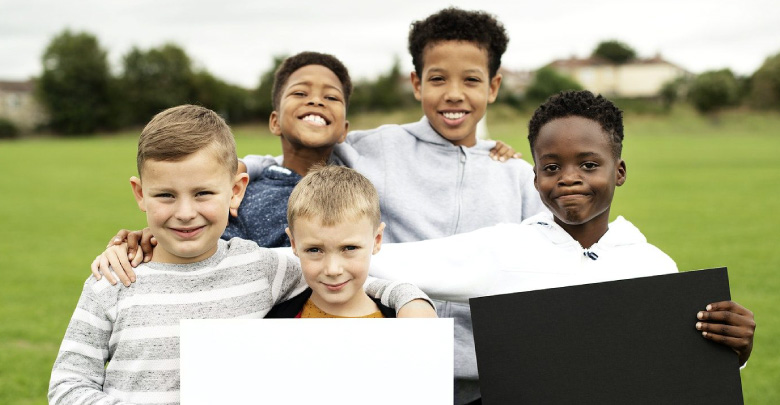
The civil rights movement in the USA during the 50s and 60s was about ending racial discrimination and segregation; it was about having equal rights between the black and the white people. The happy ending of this event was the start of writing a different history, the start of social justice.
The movie Selma, 2015 by Ava Duvernay, is a chronicle of Dr. Martin Luther King, Jr.’s campaign to secure equal voting rights via an epic march from Selma to Montgomery, Alabama, in 1965.
Watching the movie can open a big discussion and reflection – personally as well as in a group.
Preparation
This activity can be done at the end of the day, or as a movie night. Before playing the movie, ask the participants if they are familiar with the photo (below).
Who is in the photo?
When is it taken?
What’s the event?
“I Have a Dream” is a public speech that was delivered by American civil rights activist Martin Luther King Jr. on August 28, 1963, in which he called for civil and economic rights and an end to racism in the United States. Delivered to over 250,000 civil rights supporters from the steps of the Lincoln Memorial in Washington, D.C., the speech was a defining moment of the civil rights movement and among the most iconic speeches in American history.
Watching the movie
After the discussion, you can play the movie. While watching it, try to remember quotes or scenes that impressed you.
Discussion
- Start with the basics:
Did you like the movie? Why? What did you learn?
- Later, you could distribute blank paper and a pen so they can write their favorite quote by ML King from the movie and one by one, they could explain why exactly this quote
- What would Dr. King think about the state of race relations today in America?
- What would he think about the presidential elections and the former President Obama?
- Are there any forms of discrimination today? In your country or worldwide?
- What can individual citizens do today to fight against discrimination?
ADDITIONAL ACTIVITY- ROLE PLAY
Watch the speech, and ask your participants to try to locate a similar problem in their society and write a speech that starts with: I HAVE A DREAM…. They should imagine that there are thousands of vulnerable people standing in front of them, and they should encourage them by addressing the problem i.e. how the world is better without it.
https://www.youtube.com/watch?v=vP4iY1TtS3s – I have a dream speech
Why did I choose this tool?
Movies with especially good acting can sometimes capture and revive the suffering of people going through tough times, as the black people in the movie. Because of that, the viewer develops empathy and understands the issue more thoroughly.
Reflection questions
Exercises:
Name at least one more distinguished civil right activist?
Can you guess who is this?
“I grew up in Alabama.
In the winter of 1955, I took a bus ride and refused to give a seat to a white person.
My name is ……..?“
Answer is: Rosa Parks
Read more about Rosa Parks: https://www.biography.com/activist/rosa-parks
I have a dream that one day little black boys and girls will be holding hands with little white boys and girls. ― Martin Luther King Jr., I Have a Dream
Men build too many walls and not enough bridges. ― Joseph Fort Newton
Ignorance and prejudice are the handmaidens of propaganda. Our mission, therefore, is to confront ignorance with knowledge, bigotry with tolerance, and isolation with the outstretched hand of generosity. Racism can, will, and must be defeated. ― Kofi Annan




